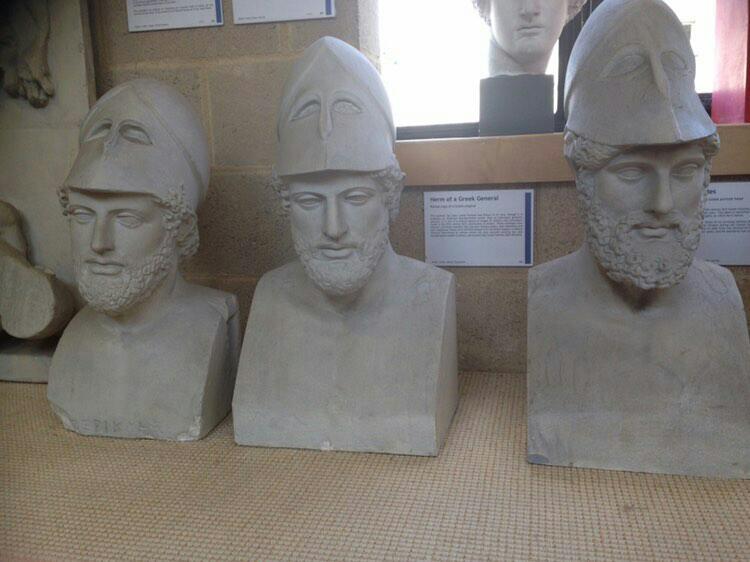
Cambridge Museum of Classical Archaeology to tackle ‘misleading impression of whiteness in the ancient world’
The move is part of the Faculty of Classics’ new ‘anti-racism’ strategy
Signs will be added to explain the ‘whiteness’ of the plaster casts at the Cambridge Museum of Classical Archaeology.
This is part of the Faculty of Classics’ new ‘anti-racism’ strategy and is targeted at removing the “misleading impression” of “whiteness” and “an absence of diversity in the ancient world.”
The announcement last month is in response to an open letter written to the chair of the faculty last year which called for the “public acknowledgement of the problem of racism within classics and the need for active anti-racist work within our discipline.” The letter was signed by dozens of students, alumni and some staff members and made a series of demands including “an acknowledgement of the existence of systematic racism in classics.”.
The action plan devised by the Faculty in response, notes that the engagement with the “problematic past and present of Classics” has been insufficient, in particular its relationship to “imperialism, colourism and entrenched racism.”

The Museum holds over 600 plaster casts of Greek and Roman Statues (Image credits: Ruth Shaw)
However, the announcement has received backlash from some anonymous academics who have described the proposition as “unhinged” and “extraordinary.” One academic told the Daily Telegraph that “the idea that this has been approved by the faculty is as terrifying as it is comical.”
Another academic claimed that, since the Museum’s 600 plaster casts are largely depictions of Romans and Greeks, there may be “limited opportunities” to highlight their diversity.
The Tab spoke to one undergraduate Classics student about the issue: “I think the use of contextualising signs in the Cast Gallery is a great idea, especially since the Faculty has said it will work closely with students in writing them. The thing that people very often forget is that Greek and Roman sculptures were never white to begin with, but vibrantly painted – white plaster casts are a modern phenomenon.
“I think what detractors of the action plan fail to see is that it is not the statues’ whiteness in of itself that offends but the fact that historically this artificial whiteness has been linked to imperialism and racial purity; our idolisation of these white statues is an artifice forged from 19th Century racism. The ancient world – both its people and its art – was not this white”

Greek and Roman statues were originally polychromatic and some had gemstone eyes and decoration (Image Credits: Ruth Shaw)
As well as the signs in the Museum, the plan also includes the encouragement of “content warnings” in Classics lectures that may be distressing to some students and training for those teaching in how to discuss sensitive topics.
A review will also be launched into all language used in course titles and materials and all new and existing courses will be reviewed to ensure there is sufficient “diversity in reading lists and biographies” and a new ‘Classics Now’ lecture course is due to be introduced from October 2022 for Part I students to explore the relationship between Classics and live issues of politics, power and identity.
Further plans include a pledge to run a series of “race awareness sessions to promote awareness of “harassment and microaggressions and how to combat them” and all faculty members will be given “implicit bias training” every three years.
Feature Image Credit: Katy Lawrence.









































